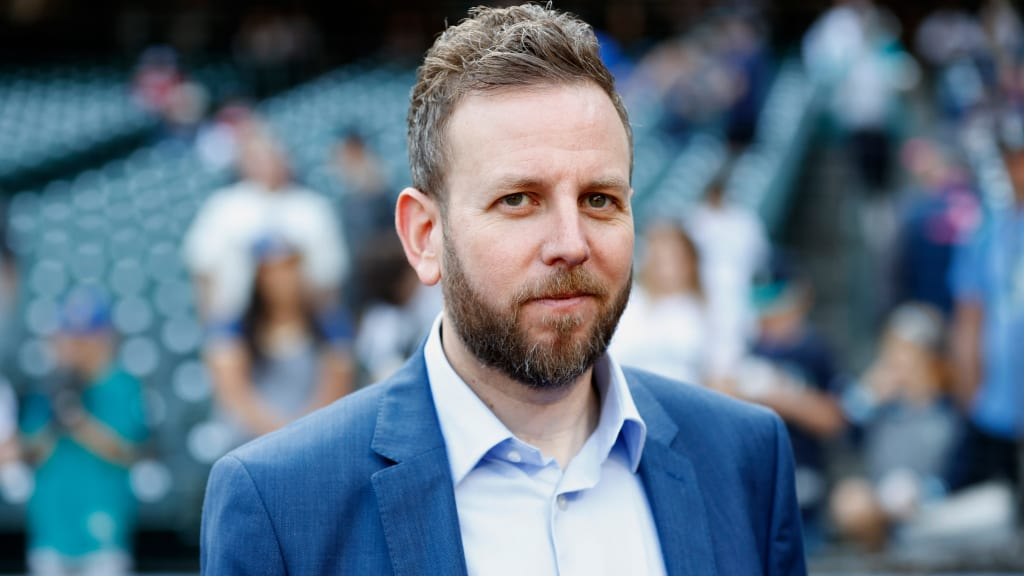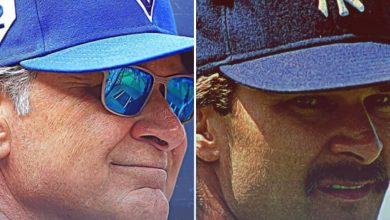Mariners GM Opens Up on How He Balances Rising Prospects With Seasoned Veterans .MH

The Seattle Mariners are in arguably the most promising position the franchise has ever been in since it was established in 1977.

The Mariners were one win away from the World Series for the first time in the organization’s history. It made it to Game 7 of the American League Championship Series before falling 3-2 to the Toronto Blue Jays on Oct. 20.
Seattle has a solid foundation in place for the future. Catcher Cal Raleigh, center fielder Julio Rodriguez and first baseman Josh Naylor are all signed through the rest of the decade. The starting rotation is also under team control for the next several years.
On top of the major league talent returning for the team, the M’s have one of the best farm systems in baseball and had as many as nine top 100 prospects according to MLB Pipeline and Baseball America’s respective lists.
It’s a good problem to have, but it’s still important to properly navigate prospects knocking on the door while having a solid presence.

In a Mariners Thanksgiving special hosted by Mike Salk on Seattle Sports, team general manager Justin Hollander spoke about balancing prospects and veterans.
“Great problems to have,” Hollander said while talking to Salk on Wednesday. “You have to have good prospects, you have to have a talented team and you want to have veteran players. Those are three things that you need and want to have and I’ll welcome that challenge any time. I think you have to pick and choose. You can’t incorporate four or five (prospects), especially position players, on a major league team that is good at the same time. The jump to the big leagues is too hard. Asking four or five — half your lineup — to be first-year players is probably not a good recipe. You also can’t sign over guys and just never give them room to breathe and say ‘Oh, you’ve got 30 plate appearances to show us you’re a good major league player.’ That’s not a great environment for cultivating success. So I think for us, it’s always going to be about making sure that we developing players at an appropriate pace and that we allow them to push people out of the way when they tell us it’s their time, don’t artificially block them. But also then be willing to ride the highs and the lows.”



